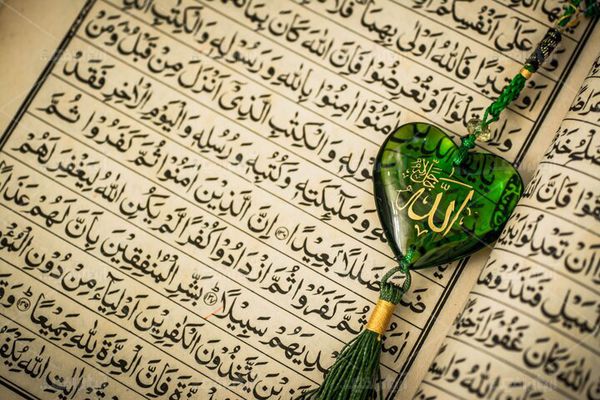The Museum of Fine Arts in Houston, USA, has presented the centuries-old history of the art of Quranic calligraphy to the public in a new exhibition.
According to Ashura News, the Museum of Fine Arts in Houston, Texas, USA, is hosting an exhibition of Quranic manuscripts from across the Islamic world.
This exhibition is a special event that showcases the evolution of the art of Quranic writing.
The collection focuses on twelve masterpieces from the 7th to the 19th centuries and presents viewers with the process of producing exquisite Quranic manuscripts from across Islamic lands over a period of more than 1,200 years.
Highlights of the exhibition include:
1- A leaf from a Quranic manuscript from the mid-7th century AD, written in the Hijazi script style on parchment in Arabia, and is from one of the oldest copies of the Quran, of which only pages and fragments remain.
2- A beautifully illuminated manuscript of the Quran from Iran, dated 1260 AH/1844-45, signed and dated by the calligrapher Mir Abdul Karim Muhammad Sadiq al-Husseini al-Yazdi, written in ink, matte watercolor, and gold on paper.
3- The Red Religion Manuscript 2 (2009) by Pouran Jinchi; a contemporary work written in ink on paper that demonstrates one of the most important aspects of the Quran, namely its correct recitation, based on the quality of calligraphy, and draws the viewer’s attention from the meaning of the word to its meaning.
4- The Scroll of Ayat al-Kursi (2015) by calligrapher Haji Nur al-Din, which combines calligraphy with a reed pen and the Chinese calligraphy brush style for the inscription of Ayat al-Kursi.
The exhibition will run until June 28, 2026 (Tir 7, 1405).
The Museum of Fine Arts, Houston is an art museum located in Houston, Texas. The museum's permanent collection spans more than 5,000 years of history with nearly 80,000 works from six continents. It is the second-largest art museum in the Americas in terms of exhibition space.
Two years ago, the addition of six new galleries to the Museum of Fine Arts, Houston, nearly doubled the size of the Islamic Art Department. The museum's Islamic Art Department galleries currently feature an extensive collection of antiquities from the 7th to the 19th centuries, including manuscripts, ceramics, inlaid metals, and textiles from countries as diverse as Morocco, Spain, Tunisia, Egypt, Turkey, Syria, Iran, Iraq, Uzbekistan, Afghanistan, and India.


Post a comment